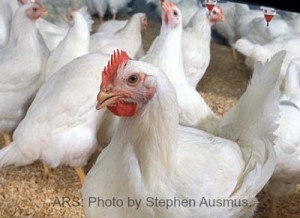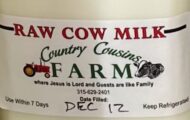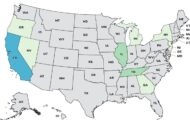NPR has a story on on mass production of meat in America is causing phosphorous pollution. The need for efficiency in food production is damaging the soil and water.
 Plants need phosphorous in order to grow. Most farmers used to get that mineral into their fields from animal waste. But then the inorganic fertilizer industry was developed, which separated animal production from crop production. Farmers started producing just one type of product, such as chickens, instead of producing chickens along with crops.
Plants need phosphorous in order to grow. Most farmers used to get that mineral into their fields from animal waste. But then the inorganic fertilizer industry was developed, which separated animal production from crop production. Farmers started producing just one type of product, such as chickens, instead of producing chickens along with crops.
And those animal factory farms produce tons of animal waste. That animal waste isn’t used to fertilize crops anymore; it runs off or is just spread around the farm. When entire regions concentrate on producing chickens, for instance, there aren’t many fields to absorb the waste. So the phosphorous from the grain that feeds the chickens becomes concentrated in those areas.
And the loss of watershed buffers lets the phosphorous and nitrogen from that waste flow directly into waters. That causes algal blooms and dead zones because algae love both minerals. Algal blooms also trigger spikes in the water’s pH, which stress fish and can sicken people and animals.
The Sierra Club says that areas with high phosphorous and nitrogen levels, also called dead zones because they have little oxygen, are in every coastal waterway. The dead zone in the Gulf of Mexico is as large as the state of Massachusetts. Lake Erie is almost entirely a dead zone.
Implementing conservation measures on farms is one of the most cost-effective ways to reduce pollution, according to the Chesapeake Bay Foundation. Maryland proposed new rules last year that would have stopped farmers from adding phosphorous to their fields in the form of animal manure if the soil had an index number over 150. But the state said they would study the issue further in November, rather than implement the rules.
The rules that Maryland proposed would have matched animal producers who have excess animal manure with farmers who can use that manure to fertilize crops. Hauling costs made the farmers hesitant to sign up for the program, even though the state was offering cost-share assistance of up to $20 per ton to transport the waste. So it seems we have a choice: higher costs of meat, or pollution of our waterways.




